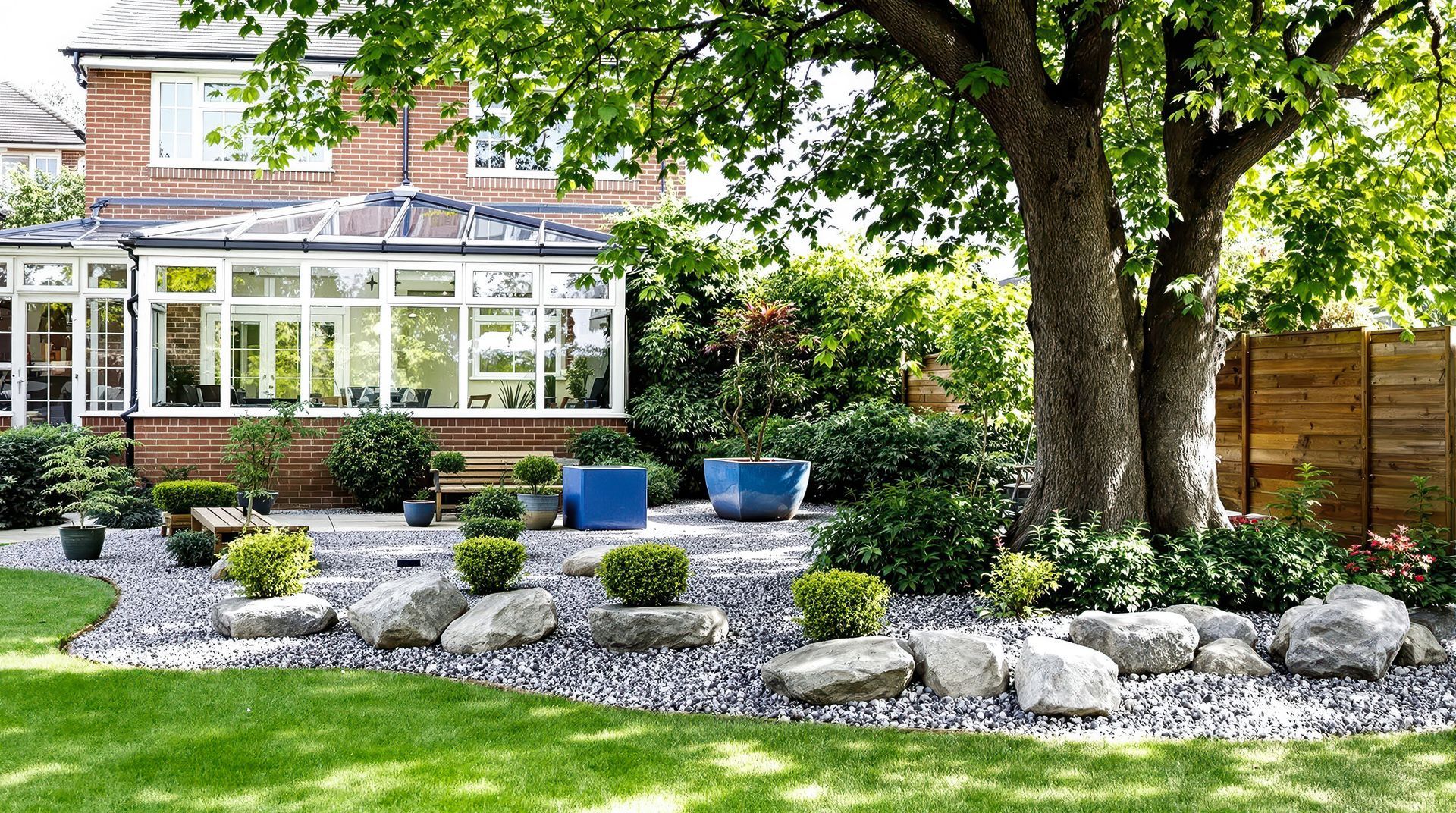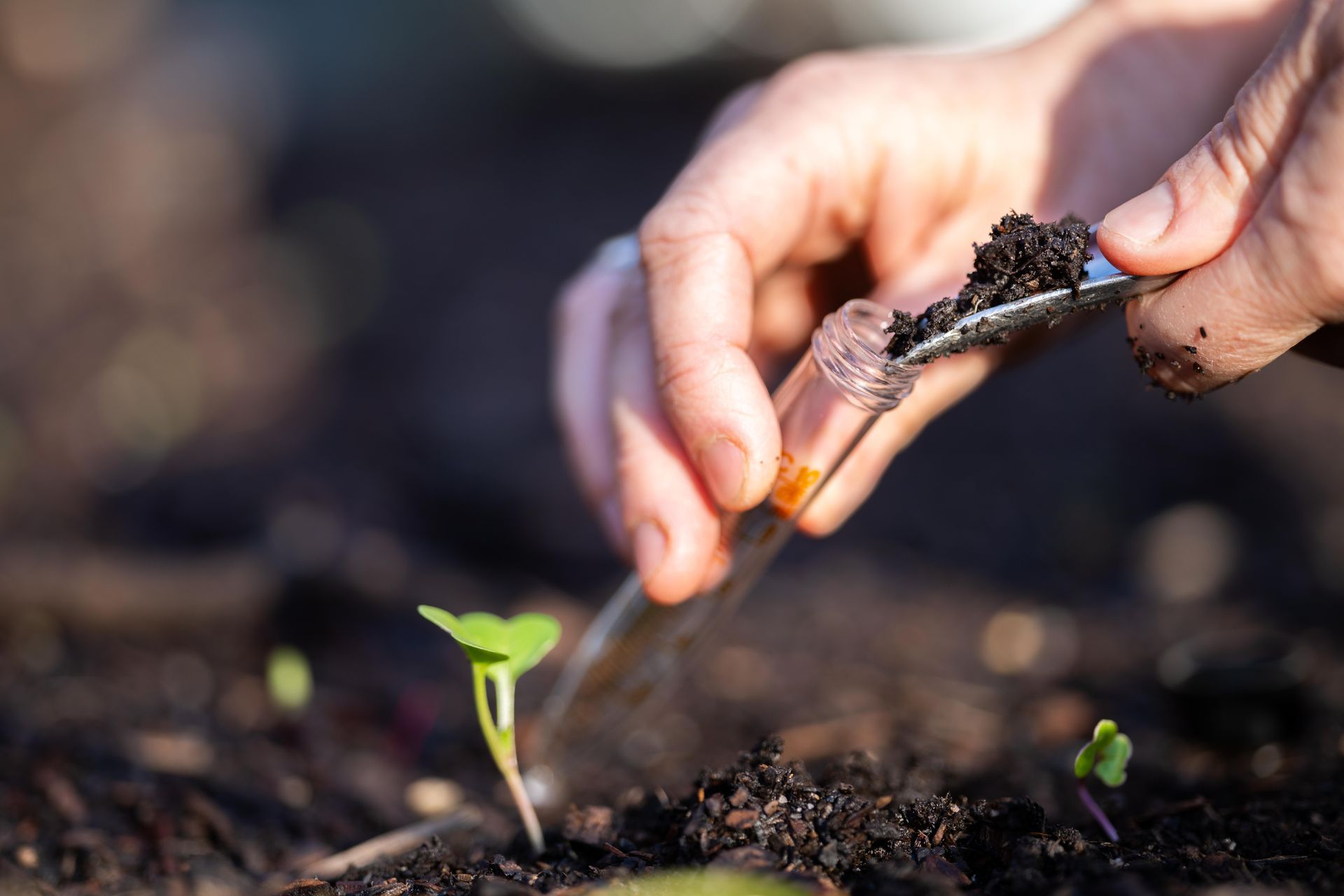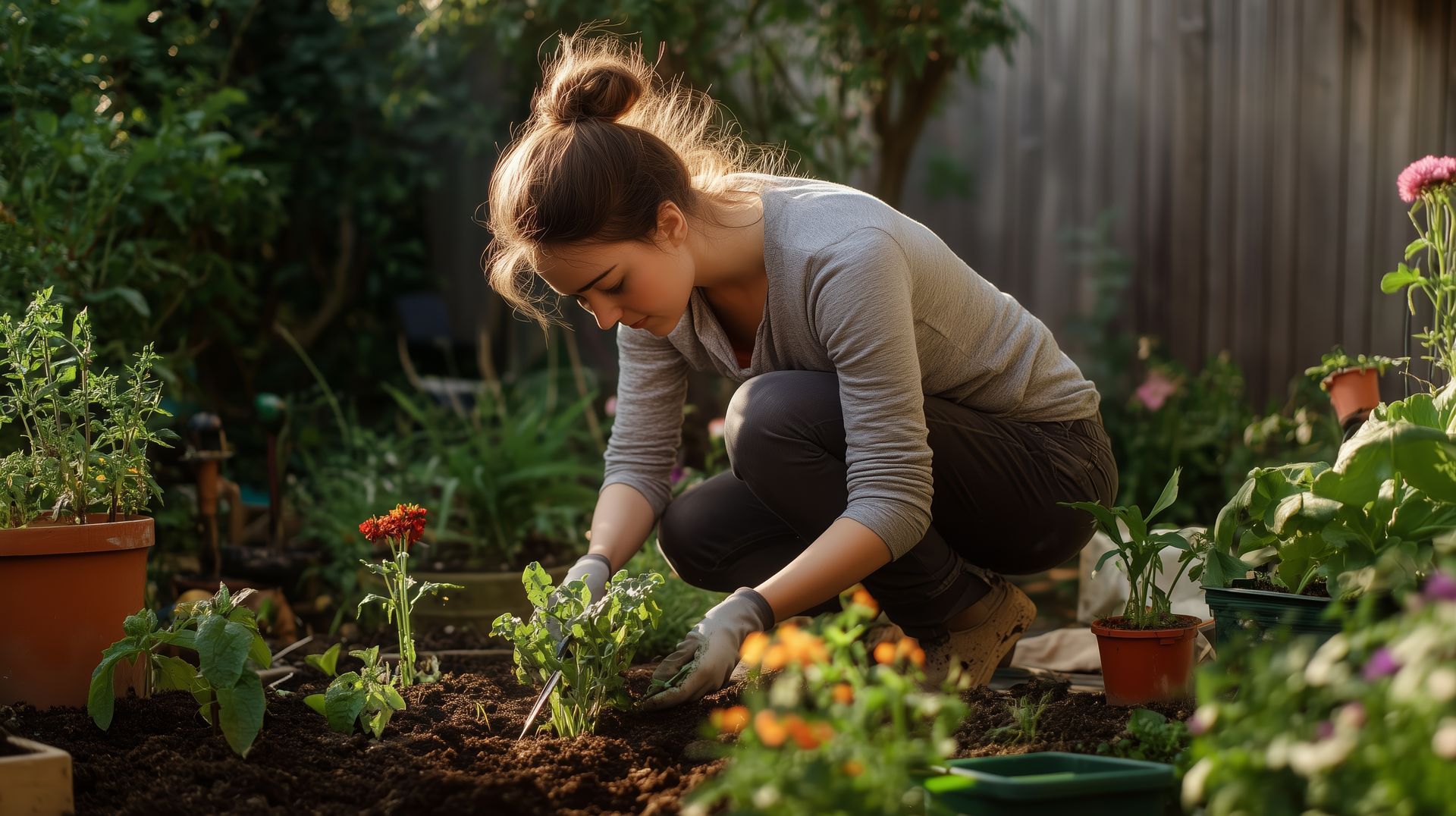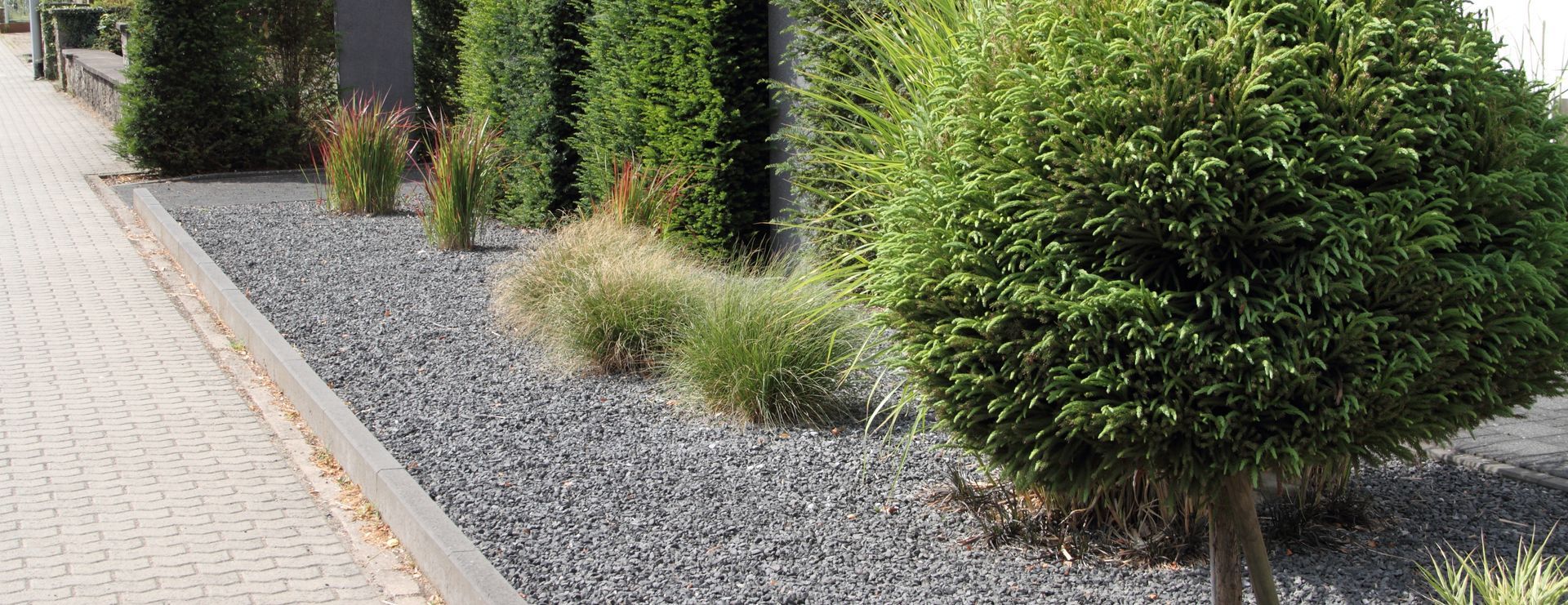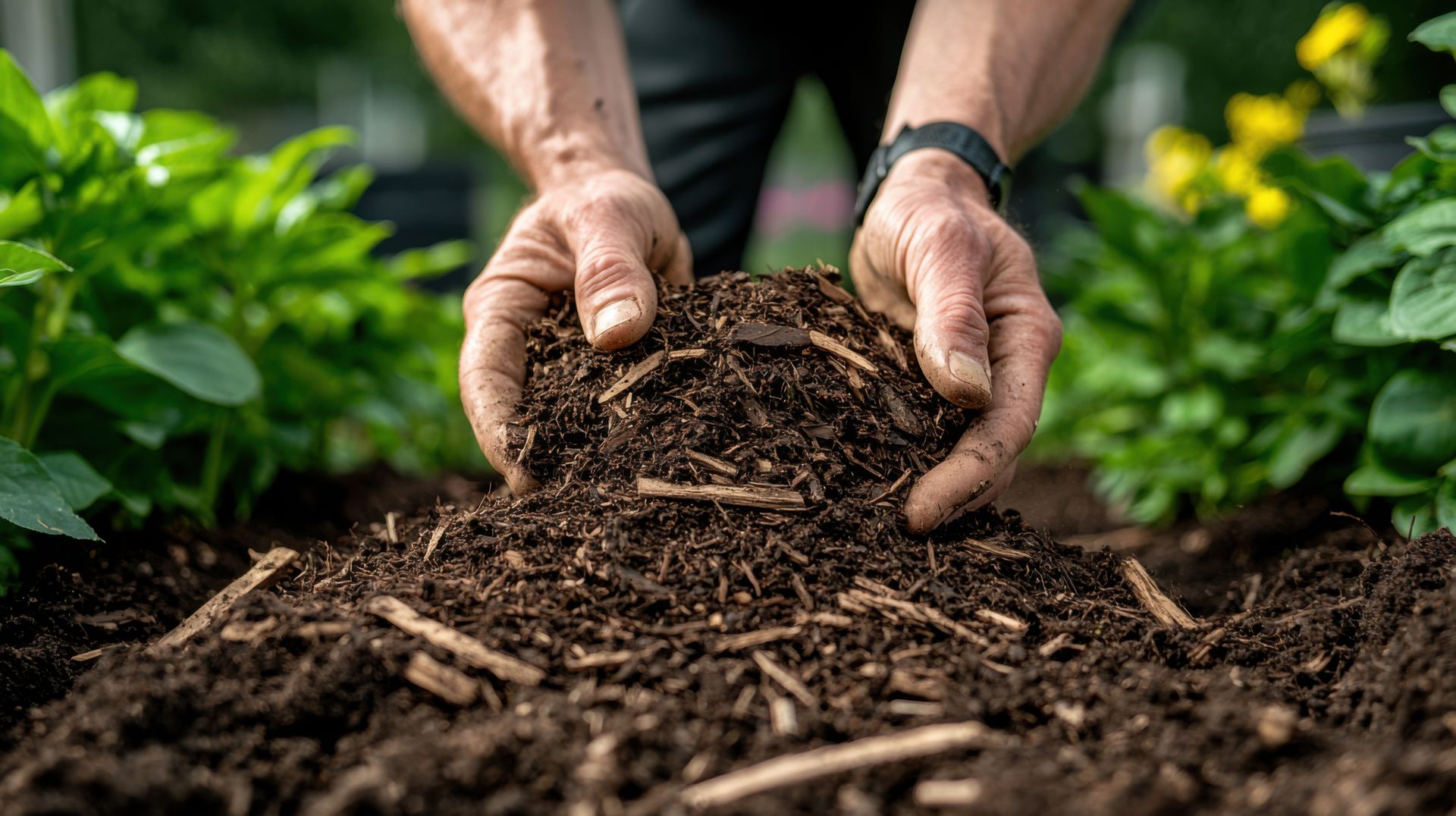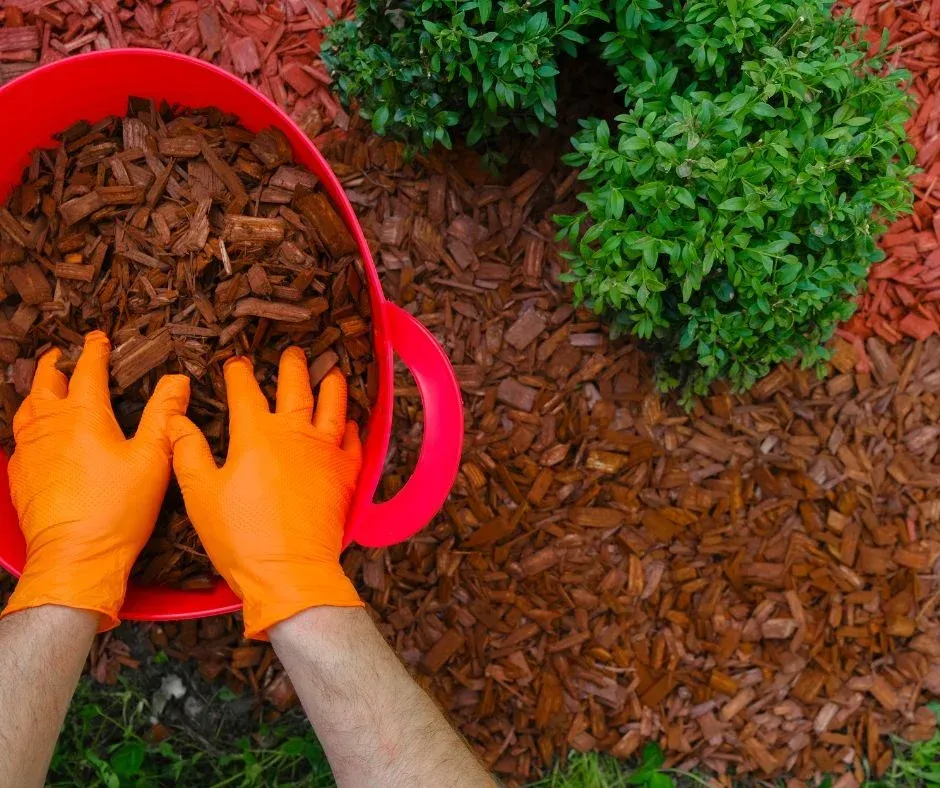The Earth's Hidden Treasure: Soil's Impact in 2024

Soil, often overlooked and underestimated, plays a crucial role in sustaining life on Earth. As we enter the year 2024, it's essential to understand the significance of this hidden treasure beneath our feet and how it continues to impact our planet and its inhabitants. In this blog, we will explore the vital role soil plays in our ecosystem, the current challenges it faces, and the innovative solutions being developed to safeguard this precious resource.
The Soil Ecosystem: A Living Universe
Soil is far more than just dirt; it is a complex and dynamic ecosystem teeming with life. Beneath the Earth's surface, billions of microorganisms, insects, fungi, and plant roots interact in a delicate balance. These tiny organisms perform essential functions like decomposing organic matter, cycling nutrients, and improving soil structure. They create a fertile environment for plants to grow, which, in turn, sustains both terrestrial and aquatic ecosystems.
Challenges Facing Our Soil
Despite its importance, the soil is facing numerous challenges in 2024. One of the most pressing issues is soil degradation. Factors such as deforestation, overgrazing, urbanization, and improper agricultural practices have led to soil erosion, nutrient depletion, and loss of biodiversity. Climate change exacerbates these problems, causing extreme weather events that further degrade soil quality.
Soil's Impact on Food Security
One of the most critical aspects of soil is its role in food production. Healthy soil is essential for growing crops, and it directly impacts food security. In 2024, the global population continues to grow, placing increasing pressure on agriculture. To meet the demands of a growing population, we must prioritize soil conservation and sustainable farming practices.
Innovations in Soil Management
Thankfully, scientists and farmers are not standing idly by. In 2024, innovative solutions are emerging to address soil-related challenges. Precision agriculture, for example, utilizes technology such as drones and sensors to optimize farming practices, minimizing soil disturbance and reducing the use of chemical inputs. Cover cropping, crop rotation, and organic farming techniques help restore soil health and fertility. Moreover, advancements in soil science are shedding light on the intricate relationships within the soil microbiome, opening up new possibilities for sustainable agriculture.
The Role of Policy and Education
Policy-makers play a crucial role in ensuring the conservation and sustainable management of our soil resources. In 2024, governments around the world are recognizing the importance of soil conservation and are implementing regulations to promote responsible land use and soil protection. Additionally, educational initiatives are raising awareness among the public, encouraging individuals to take part in preserving this hidden treasure.
The Future of Soil in 2024 and Beyond
As we move forward into 2024 and beyond, it is clear that the health of our soil is intrinsically linked to the health of our planet. Soil sustains life, mitigates climate change, and provides the foundation for agriculture. It is a hidden treasure that demands our attention and protection.
By adopting sustainable farming practices, supporting research and innovation, and advocating for responsible land use policies, we can ensure that soil continues to play a vital role in our ecosystem. Let us recognize the Earth's hidden treasure and work together to preserve and protect this invaluable resource for generations to come.
